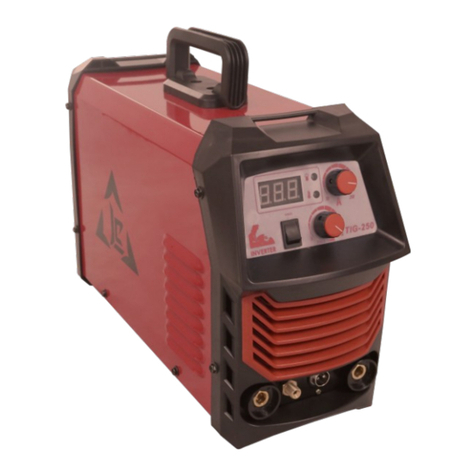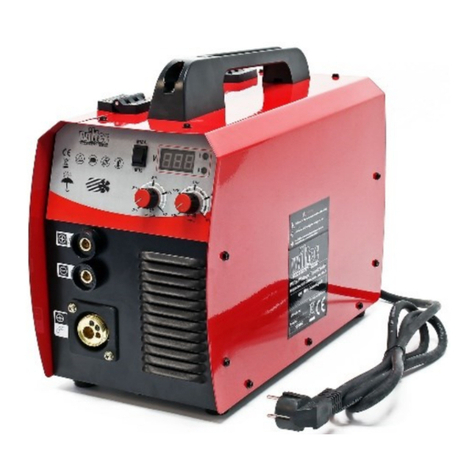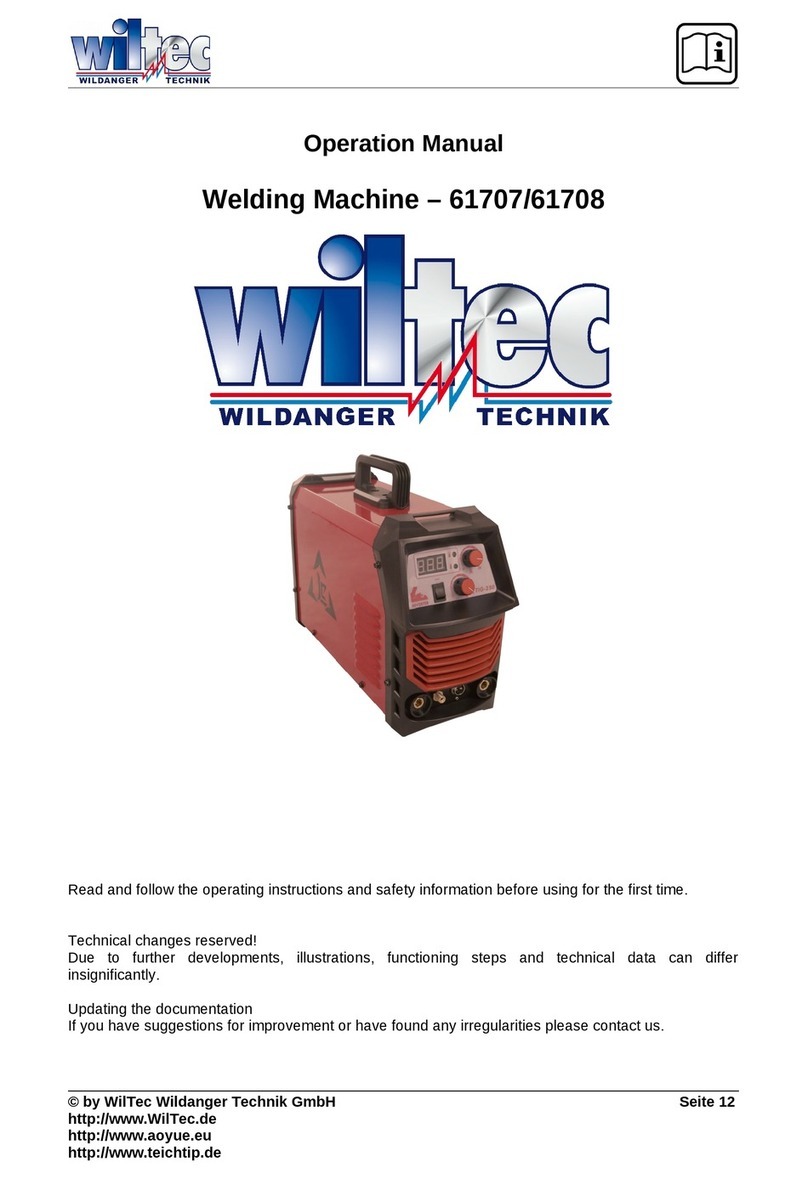© by WilTec Wildanger Technik GmbH Item 62549 Page 3
http://www.WilTec.de
http://www.aoyue.eu 01 2022-1
http://www.teichtip.de
Introduction
Thank you for choosing to purchase this quality product. To minimise the risk of injury, we ask you to
always take some basic safety precautions when using this product. Please read this operating manual
carefully and make sure that you understand it.
Keep these operation instructions in a safe place.
Safety instructions
Carefully read the information and safety instructions found within this instruction manual and adhere to
them to ensure an ideal mode of operation while at the same time minimising the risk of accidents. The
instructions found in this manual thereby do not replace rules and regulations applying at your workplace
and instead complement them. Keep this manual and make sure it is in reach when working with this
product.
General safety
•Only qualified technical personnel may perform repair and in-depth maintenance work on this
device and its electric components.
•Make sure that the device has been properly turned off and disconnected from its power supply
before cleaning it or performing any repairs and maintenance.
•The device must always be disconnected from its power supply when it is not in use and ensure
that it is safely stored in a place unavailable to children.
•Always be vigilant when operating this device and do not operate it while being tired or under
the influence of alcohol, drugs, or medicine.
•Never use the device without its covers being in place.
•Keep your working area clean and well illuminated. A cluttered and poorly lit workplace in-
creases the risk of accidents.
•Never use this device in environments containing flammable or explosive substances, liquids,
or gases as these might be ignited.
•Check the device before each use to know if connections are correct.
•Do not expose the device to rain, any other sources of water or environments with a high level
of humidity.
•It is advised to place the device on even surfaces, but it can safely be placed on surfaces with
an inclination of up to 15°. Be aware that the device requires a secure stand and that its wheels
need to be blocked to prevent the device from moving, if not used on even surfaces.
•Do not use the device if the power chord is damaged or shows signs of wear, and never try to
repair a damaged power chord. Instead have it replaced by qualified technical personnel.
•This device must not be used by persons with reduced physical, sensory, or mental capabilities,
or lack of experience and knowledge. Children in the vicinity of the device should be always
supervised to ensure that they do not get too near or try to operate it.
•Do not use this device for thawing pipes.
•Do not use rusty wires as its rough surface might damage the device.
•The device should only be connected to the mains via a 20 A load break switch.
•The device must not be used, if parts or components show signs of damage or wear; replace
the worn or damaged parts before operating the device again.
•In addition to the instructions in this manual, you must obey the legal general safety and accident
prevention regulations.
Fire protection
•Remove all flammable and explosive materials from the working area as well as its close vicinity
in before operating this device.
•Do not weld fuel tanks or similar containers for explosive or flammable substances, if these have
not been cleaned duly and it cannot be guaranteed that they are free from remnants such as
































